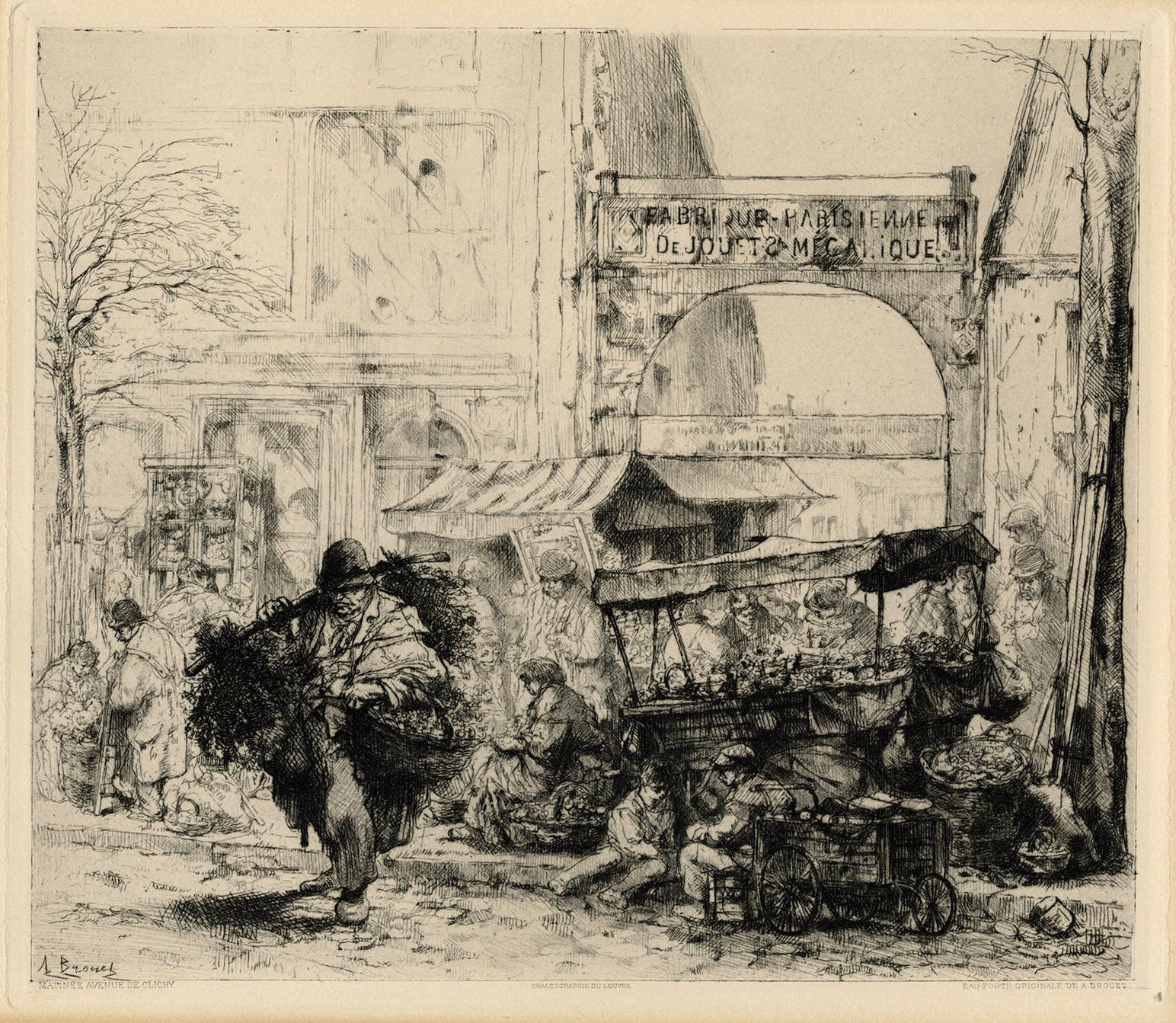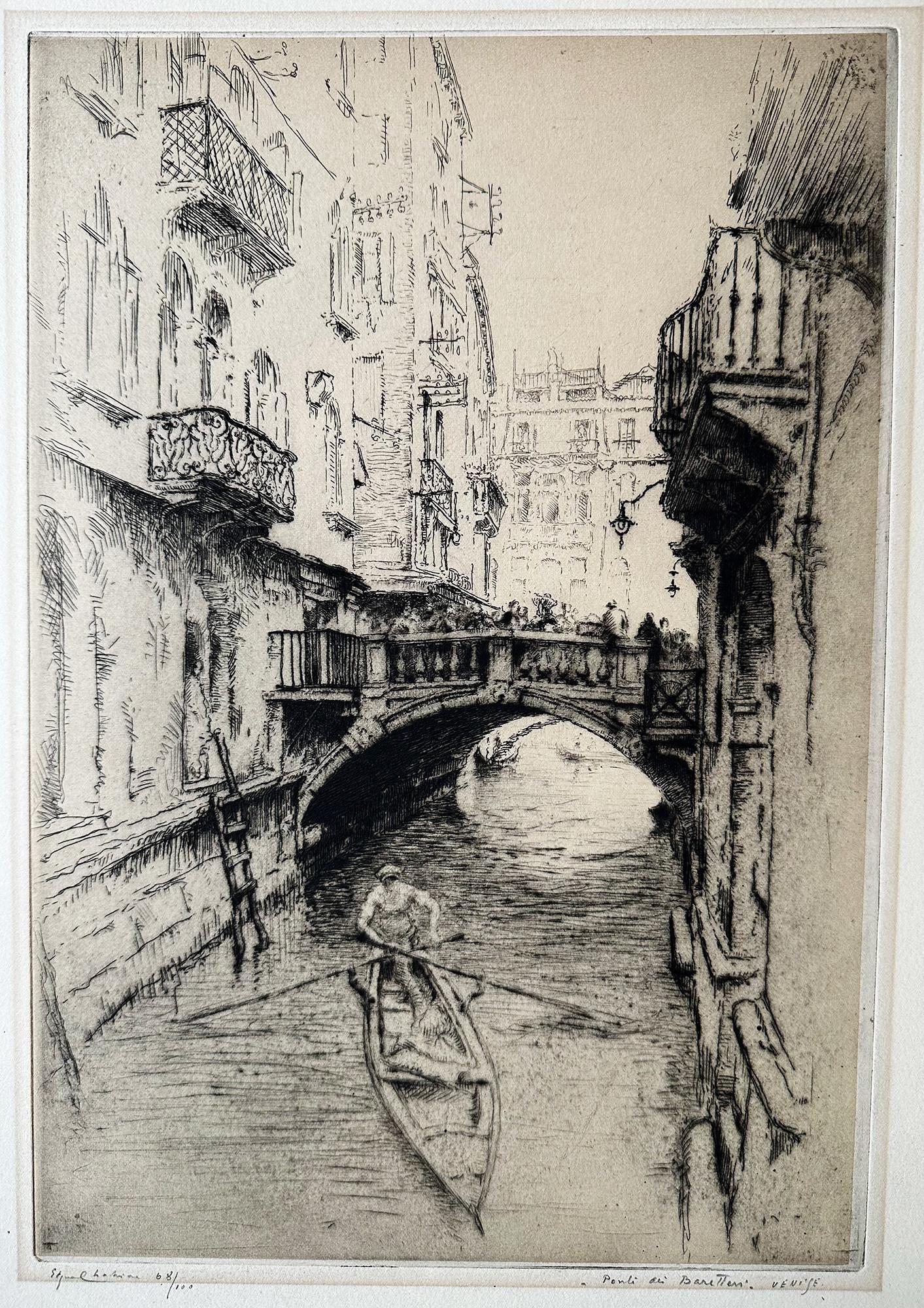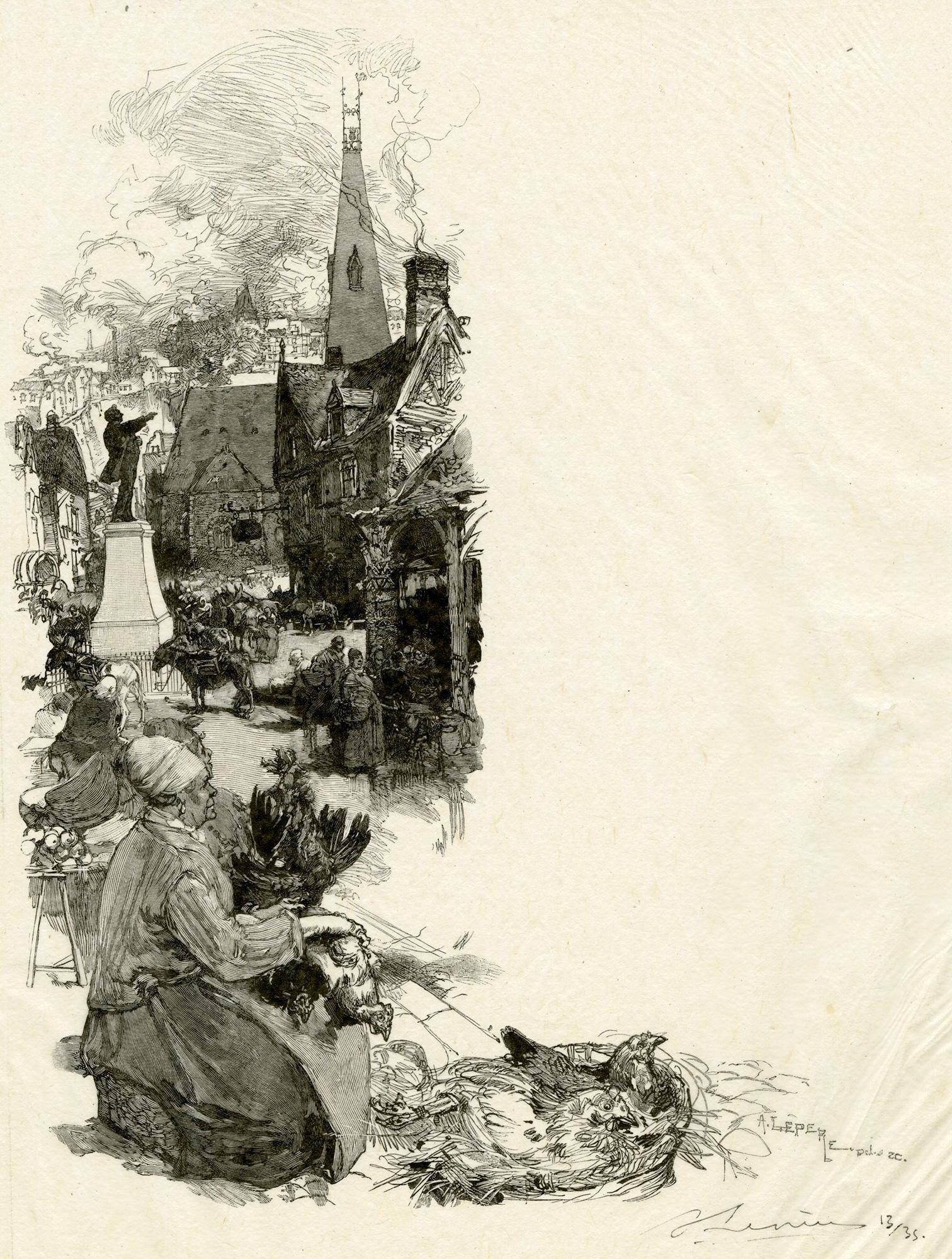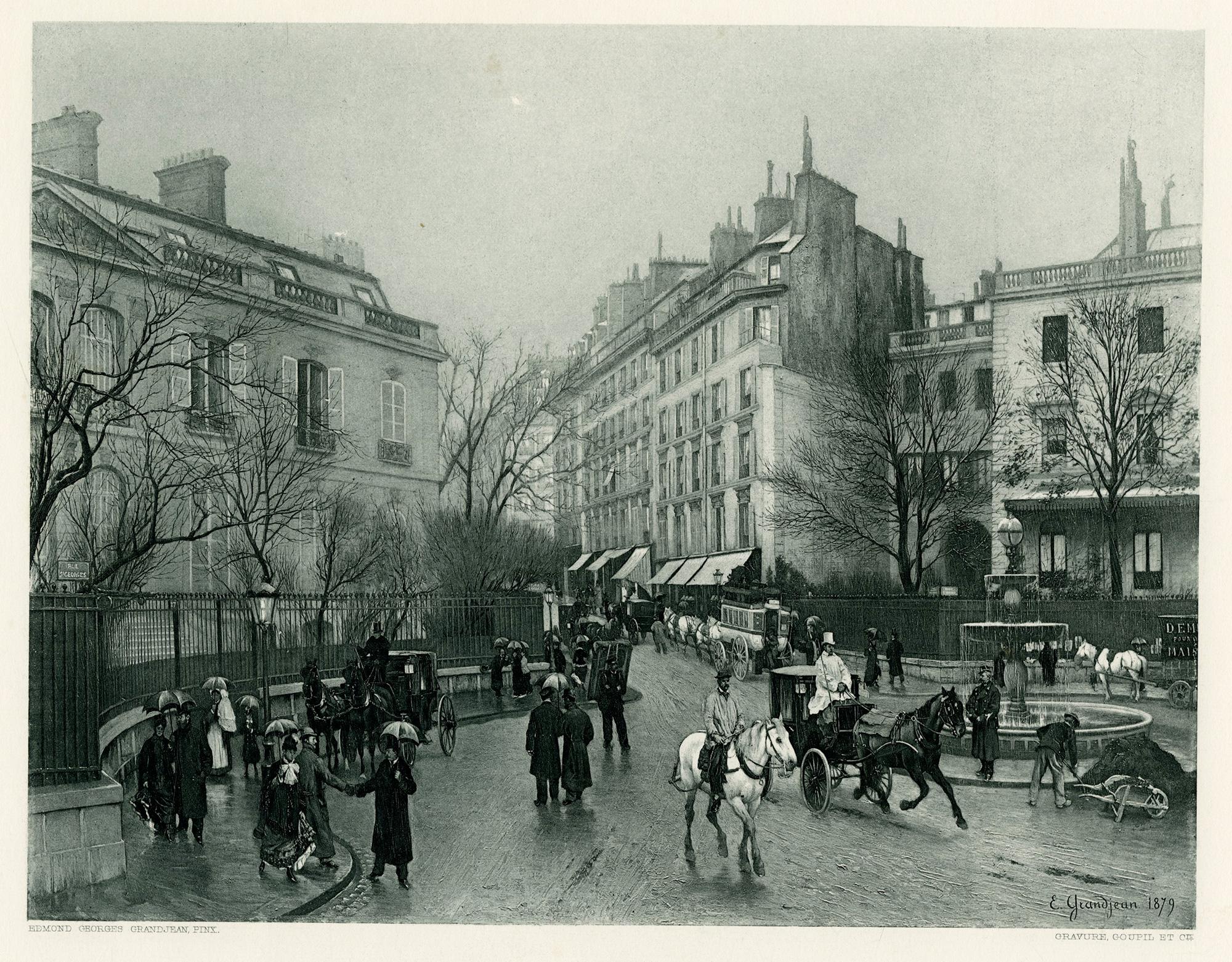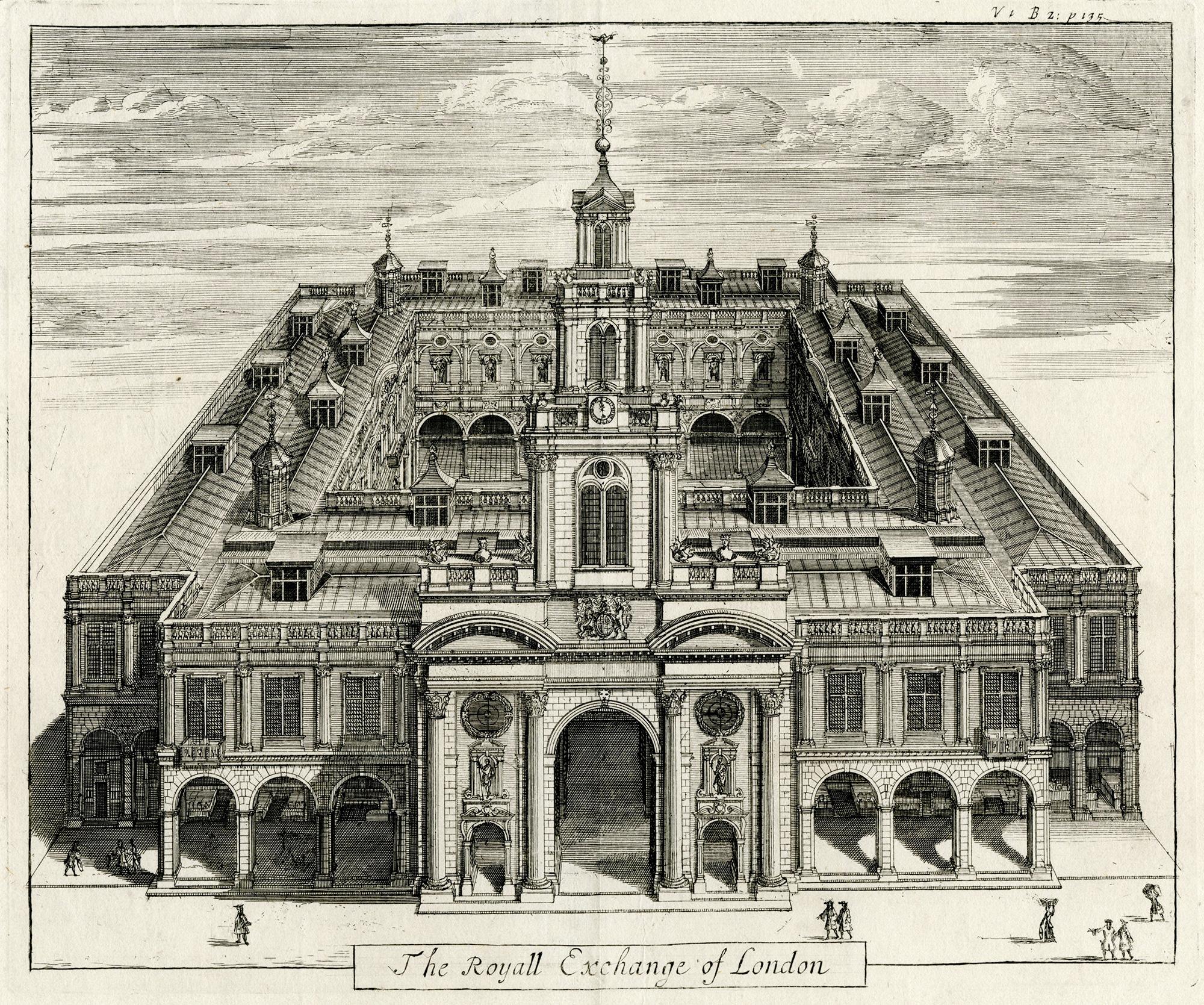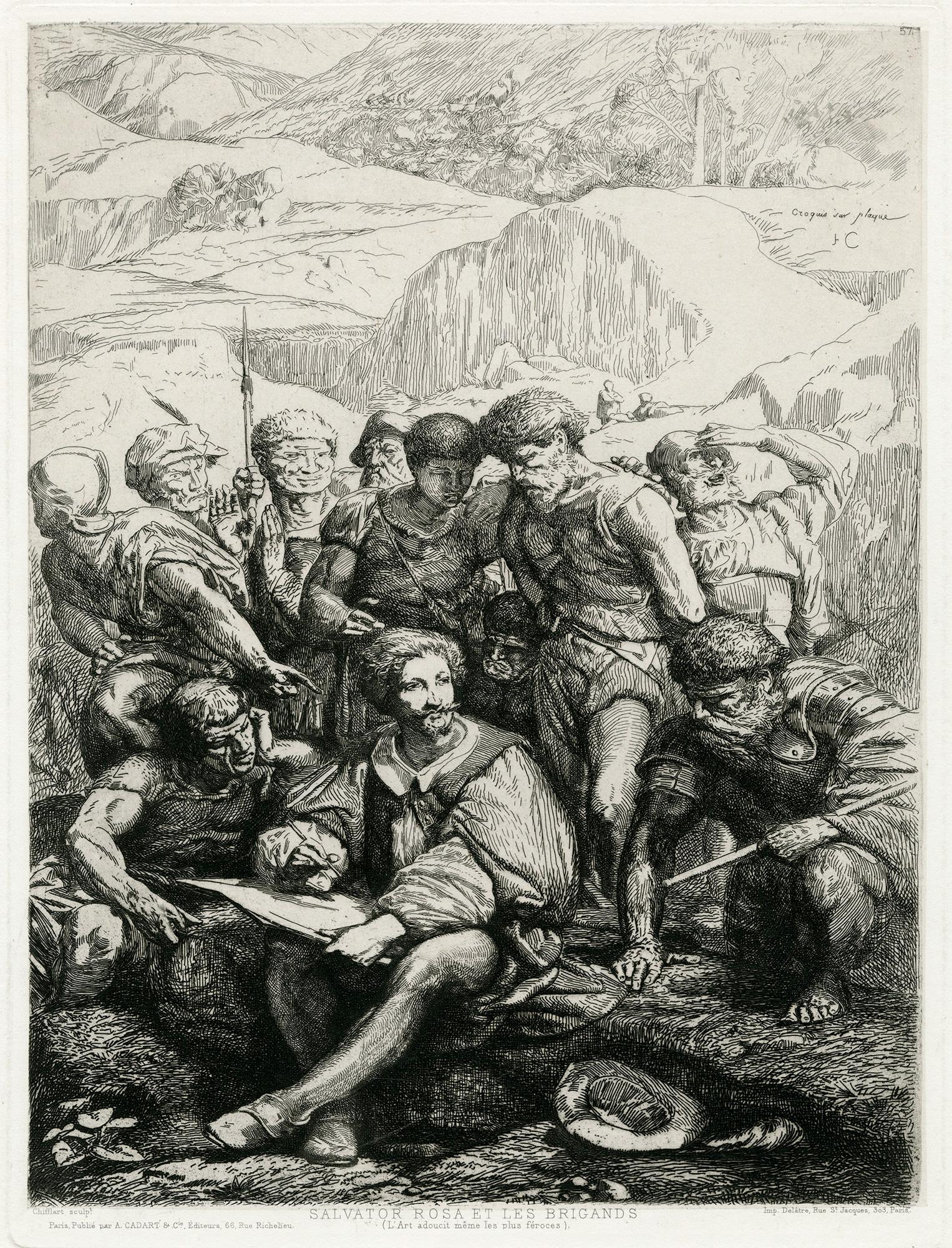Items Similar to Plantes tropicales [Tropical Plants]
Want more images or videos?
Request additional images or videos from the seller
1 of 6
Jules-Ferdinand JacquemartPlantes tropicales [Tropical Plants]1865
1865
About the Item
Paris: Cadart & Luquet, 1865
Etching and engraving on Chine-collé mounted to watermarked Aqua-Fortistes cream laid paper 14 1/2 x 10 5/8 inches (367 x 268 mm), full margins. In very good condition with some minor toning at the extreme edges of the support sheet, as well as some pencil inscriptions at the lower sheet edge, well outside of the image area. With the Cadart blindstamp in the lower-center margin. Printed by Delâtre, Paris.
From a volume published by the Société des Aquafortistes containing sixty prints by various artists including Delacroix, Jongkind, Corot, Courbet and Bracquemond. Published in Paris by Cadart et Luquet, 1867. Each image with artist and titles at front, and with the publisher’s blindstamp.
- Creator:Jules-Ferdinand Jacquemart (1837 - 1880)
- Creation Year:1865
- Dimensions:Height: 18.39 in (46.7 cm)Width: 10.56 in (26.8 cm)
- Medium:
- Movement & Style:
- Period:
- Condition:
- Gallery Location:Middletown, NY
- Reference Number:
About the Seller
5.0
Vetted Seller
These experienced sellers undergo a comprehensive evaluation by our team of in-house experts.
Established in 2004
1stDibs seller since 2022
30 sales on 1stDibs
Typical response time: 9 hours
- ShippingRetrieving quote...Ships From: Middletown, NY
- Return PolicyA return for this item may be initiated within 30 days of delivery.
More From This SellerView All
- Matinée Avenue de ClichyBy Auguste BrouetLocated in Middletown, NYDrypoint etching on buff wove paper, 9 1/2 x 10 3/4 inches (240 x 271 mm) full margins. Signed in the image, lower left. With the "Musée Louvre Chalcographie" blind stamp in the lowe...Category
Early 20th Century French School Landscape Prints
MaterialsHandmade Paper, Drypoint, Etching
- Ponte dei Baratteri, VeniceBy Edgar ChahineLocated in Middletown, NYEtching and drypoint on chine collé laid down to cream wove paper, 12 5/8 x 8 5/8 inches (318 x 217 mm), full margins. Signed, titled, and numbered 68/100 in pencil, lower margin. Th...Category
Early 20th Century French School Landscape Prints
MaterialsHandmade Paper, Drypoint, Etching
- Statue d'Homme d'ÉtatBy Auguste Louis LepèreLocated in Middletown, NYWood engraving on extremely fine onion skin paper, signed in ink and numbered 13/35. 10 3/4 x 7 inches (272 x 177 mm), full margins. From the special ...Category
Late 19th Century French School Landscape Prints
MaterialsEngraving, Handmade Paper
- La Place Saint Georges, ParisLocated in Middletown, NYLondon: Gebbie & Husson Co., 1879. Héliogravure and engraving on cream wove paper, 10 1/4 x 12 1/4 inches (258 x 310 mm), full margins. In good condition with some very minor margin...Category
Late 19th Century French School Landscape Prints
MaterialsHandmade Paper, Engraving, Photogravure
- The Royal Exchange of LondonLocated in Middletown, NYLondon: A. Churchill & J. Knapton, 1754 Engraving on fibrous laid paper with a "C" watermark, 9 3/4 x 11 3/4 inches (246 x 297 mm), full margins. Significant edge wear including mul...Category
Mid-18th Century French School Landscape Prints
MaterialsEngraving, Laid Paper, Handmade Paper
- Salvator Rosa et les Brigands; ..L'Art adoucit même les plus férocesLocated in Middletown, NY"Art softens even the most ferocious." Paris: Cadart & Luquet, 1865. Etching and engraving on Chine-collé mounted to watermarked Aqua-Fortistes cream laid paper, 12 1/2 x 9 1/2 inc...Category
Mid-19th Century French School Landscape Prints
MaterialsEngraving, Handmade Paper, Etching
You May Also Like
- Narihira's Journey to the East - Japanese Woodblock on Paper by Kikugawa EizanBy Kikugawa EizanLocated in Soquel, CANarihira's Journey to the East - Japanese Woodblock on Paper Original 19th century Japanese woodcut print depicting Narihira's journey to the East by a follower of Utamaru, Kikugaw...Category
Early 19th Century Edo Figurative Prints
MaterialsWoodcut, Rice Paper, Ink
- Festival Procession Of A Daimyo - Original Woodblock PrintLocated in Soquel, CAProcession Of A Daimyo - Original Woodblock Print Original woodblock print depicting the procession of a Daimyo. Ten Japanese soldiers are seen as they aid in transporting the Daimy...Category
Late 18th Century Edo Figurative Prints
MaterialsInk, Wood Panel, Rice Paper
- Mitate of a Daimyo's Procession Crossing Ryogoku Bridge - Woodblock PrintBy Keisai EisenLocated in Soquel, CAMitate of a Daimyo's Procession Crossing Ryogoku Bridge - Woodblock Print Woodblock print of a procession by Keisai Eisen (Japanese, 1790–1848). Terrific triptych of a procession of...Category
Early 19th Century Edo Figurative Prints
MaterialsWoodcut, Rice Paper, Ink
- Kiyomizu Temple, Scenes of Famous Places along Tôkaidô Road - Woodblock on PaperBy Utagawa Hiroshige IILocated in Soquel, CAKiyomizu Temple, Scenes of Famous Places along Tôkaidô Road - Woodblock on Paper Full Title: Kyoto: Kiyomizu Temple (Kyô Kiyomizudera), from the series Scenes of Famous Places along...Category
1860s Edo Landscape Prints
MaterialsInk, Rice Paper, Woodcut
- "Enshoku Sanju-roku Kasen" (Thirty-six Enchanting Flowers) Woodblock on paperBy Toyohara KunichikaLocated in Soquel, CA"Enshoku Sanju-roku Kasen" (Thirty-six Enchanting Flowers) Woodblock on paper Elegant woodblock print by Toyohara Kunuchika (Japanese, 1835-1900). Three women are in talking with each other inside, while a man waits outside holding a bag of some kind. The colors in this piece are rich and saturated, primarily blues, greens, and purple. Mat size: 16"H x 20"W Paper size: 14.75"H x 9.88"W Born in 1835, Toyohara Kunichika grew up in the Kyobashi district of Edo in the midst of merchants and artisans. In 1848, at age 13, he was accepted as an apprentice into the studio of Utagawa Kunisada I...Category
1880s Edo Figurative Prints
MaterialsInk, Rice Paper, Woodcut
- "Various Himochi" Wagashi Festival Japanese Woodblock Print by Utagawa ToyokuniLocated in Soquel, CA"Various Himochi" Wagashi Festival Japanese Woodblock Print by Utagawa Toyokuni Rare oversized early 19th century 5-tiered woodblock by Utagawa Ichiyosai Toyokuni, (Japan, 1769-1825), a Japanese lord and wife oversee a sekku festival of food, music, and dolls or toys. '"oshi" is the first day of “Mi (Snake)” in the third month of the lunar calendar. This day, known in modern Japan as the Girls' Festival, originated in China as a form of purification ceremony in which water and drinking peach blossom wine were used to drive away evil. Many kinds of hishi-mochi appear in this picture of hina ningyo (dolls associated with Hinamatsuri, or the Girl’s Day) from Omochae. The custom of eating special dishes at events throughout the year and at milestones in people's lives has existed since ancient times. This paragraph specifically focuses on the annual event called sekku, and life events that involve eating sweets. Joshi is the first day of “Mi (Snake)” in the third month of the lunar calendar. This day, known in modern Japan as the Girls' Festival, originated in China as a form of purification ceremony in which water and drinking peach blossom wine were used to drive away evil. According to the Keiso saijiki, in ancient China, on the third day of the third lunar month, people ate “ryuzetsuhan,” which is the juice of gogyo (Jersey cudweed) mixed with rice flour and nectar. In Japan, there is a record in the Heian period history book Nihon Montoku tenno jitsuroku [839-5] that it was an annual event to make kusamochi using gogyo on the third day of the third month of the lunar calendar, which may have been influenced by Chinese customs. The tradition of eating kusamochi on the third day of the third month of the lunar calendar continued after that. By the Edo period, however, hishimochi had come to be used as a sweet to serve on the third day of the third month. A picture of a hishimochi is included in the Morisada manko , which we mentioned in Part 1. According to it, hishimochi in the Edo period were often three layers of green-white-green instead of the now common red-white-green. However, it is possible to see from our collection that not all hishimochi were made in this way. Omochae published in 1857, is a good example. Omochae is a type of ukiyoe print...Category
1820s Edo Figurative Prints
MaterialsInk, Rice Paper, Woodcut
Recently Viewed
View AllMore Ways To Browse
Century Plant
Antique Plant
French Plant
Mid Century Plants
Mid Century Tropical
Antique Aqua
Mid Century Tropical Art
Antique Prints Tropical
Cadart Luquet
Piranesi Basilica
Woodblock Prints Ocean
Antique Childrens Building Blocks
Antique Wedding Chapel
Canaletto Engraving
Color Palette Tiffany Blue
Elmer Schooley
Hassam Etching
Haystacks Roy
